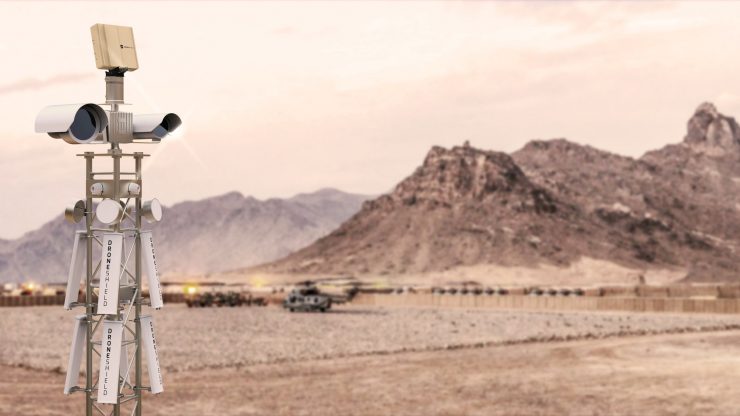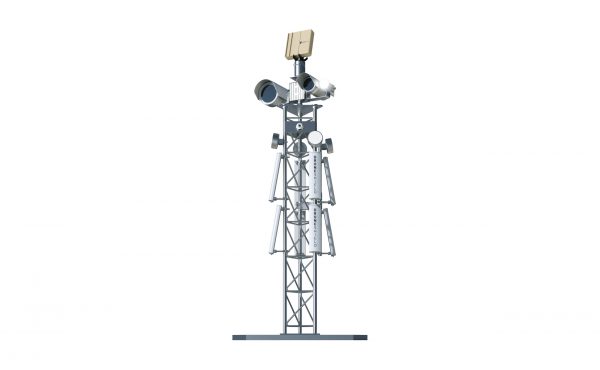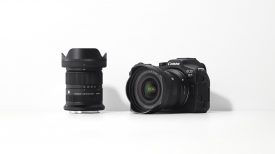
Unauthorised drone flights can be incredibly dangerous, and even if they don’t lead to collisions they can delay and disrupt commercial passenger flights – we had one such incident at Gatwick airport here in the UK just the other day.
DroneShield are a company based in Australia and the US, and are developing products “respond[ing] to the growing use of consumer drones for unethical purposes, and the resulting need for effective countermeasures to drone intrusions.” Yup, drone countermeasures.
DroneSentry

There are two new products with slightly different capabilities. DroneSentry will detect rogue UAVs using radar, radio frequency, acoustic, thermal and optical sensors. What happens next is up to you: if you so choose you can engage the “integrated detect-and-defeat functionality” to jam the drone’s control signals and persuade it to stop flying.
DroneSentry, say DroneShield “will be available only to those customers who are legally able to deploy jamming in their relevant jurisdiction.” In the US at least that means the products won’t be available: most drones operate on the 2.4Ghz and 5.8Ghz frequencies that are also used for WiFi, and jamming them is generally frowned upon by the authorities. That means the FCC haven’t approved the DroneSentry as it disrupts those frequencies as well as GPS and Glonas (Russian GPS equivalent) signals.
DroneSentinel

DroneShield also have a version of the system if you’re after a method of detecting when drones are in your airspace without also disabling them. DroneSentinel, says the company, “is aimed at those customers who are unable to deploy jamming because of regulatory restrictions. It contains DroneSentry’s multi-sensor detection functionality, without the jamming capability.”
There are portable and fixed versions of both models, and the sensor modules are, well, modular, so you can add or remove them as required by your particular situation. Rules of engagement? You can buy the systems outright, lease them or hire them for short-term deployment.
This being 2017, control of the DroneShield systems is via a web interface and you can get SMS notifications sent to your phone from the main system.
DroneGun
DroneShield are also behind the DroneGun, a rifle-like ‘tactical drone jammer’ that the company claims can neutralise drones piloted by sketchy hoody-wearing characters at a range of 1.2 miles. The takedown video above is short on dramatics, as the DroneGun user gently guides the rogue UAV to the floor. No need to be rough!
No price or availability is immediately obvious in the DroneShield brochure: I think we can file that under “If you have to ask…”
Have you had an unwanted close encounter with a drone? Or maybe you’ve had a UAV disabled by someone else. Is jamming tech a necessary countermeasure or a bridge too far? Let us know what you think below…





